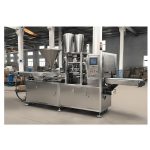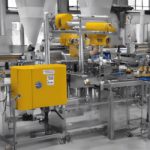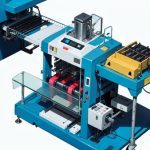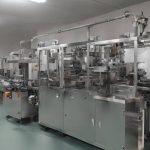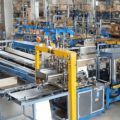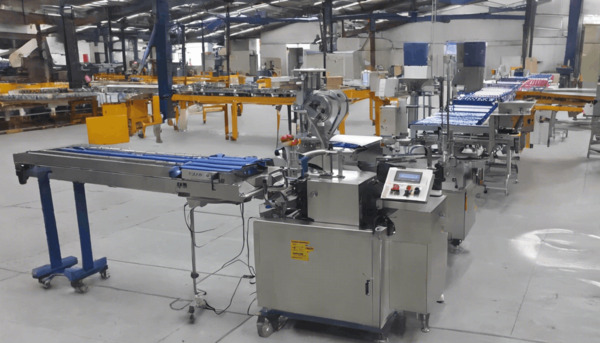
Understanding Auto Pack: An Overview
In the realm of industrial machinery and packaging technology, the term “auto pack” often surfaces, particularly in discussions surrounding automation and efficiency in production lines. An “auto pack” generally refers to automated packaging systems or machines designed to streamline the process of packing products. These systems are integral to various industries, including food and beverage, pharmaceuticals, consumer goods, and more, where packaging is a critical component of the production process.
1. Feed System
The feed system is responsible for delivering products to the packaging machine. This can be achieved through conveyors, hoppers, or other mechanisms that ensure a steady and controlled flow of products into the machine.
2. Filling Mechanism
For products that require filling, such as liquids, powders, or granules, the filling mechanism ensures that the correct amount of product is dispensed into each package. This can involve volumetric, gravimetric, or other types of filling technologies.
3. Sealing Unit
The sealing unit is crucial for closing packages securely. Depending on the packaging material, this could involve heat sealing, adhesive sealing, or other methods to ensure the package is airtight and tamper-proof.
4. Labeling and Coding
Labeling and coding systems apply labels and print important information, such as expiration dates or batch numbers, onto the packages. This step is essential for product identification and traceability.
5. Wrapping and Cartoning
For products that require additional protection or presentation, wrapping and cartoning systems can be integrated to encase products in shrink wrap, cartons, or other types of secondary packaging.
1. Increased Efficiency
Automated packaging systems can operate continuously and at high speeds, significantly increasing the throughput of production lines compared to manual packaging processes.
2. Cost Reduction
By reducing the need for manual labor, auto pack systems can lower labor costs and minimize human error, leading to cost savings in the long run.
3. Consistency and Quality
Automated systems ensure consistent packaging quality, reducing the likelihood of defects and improving the overall appearance and reliability of the packaged products.
4. Flexibility
Modern auto pack systems are often designed to be flexible, allowing manufacturers to quickly switch between different products and packaging formats with minimal downtime.
1. Initial Investment
The upfront cost of purchasing and installing an auto pack system can be substantial. Companies must carefully evaluate the return on investment and ensure that the system aligns with their production needs.
2. Maintenance and Downtime
Like any machinery, auto pack systems require regular maintenance to operate efficiently. Unplanned downtime due to equipment failure can disrupt production schedules and impact profitability.
3. Integration with Existing Systems
Integrating a new auto pack system with existing production lines and IT infrastructure can be complex. Manufacturers must ensure compatibility and seamless communication between systems.
Conclusion
Auto pack systems represent a significant advancement in packaging technology, offering numerous benefits in terms of efficiency, cost savings, and product quality. As industries continue to evolve and demand for automation grows, the role of auto pack systems will become increasingly important. However, manufacturers must carefully consider the initial investment, maintenance requirements, and integration challenges to fully leverage the potential of these systems. By doing so, they can enhance their production capabilities and remain competitive in the ever-changing market landscape.
